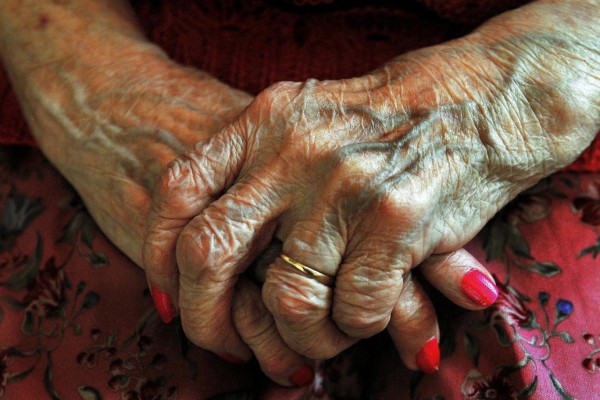
[T]he capacity to bear witness and respond empathically to a dying person’s suffering is inherent in end-of-life care. Holistic, relationship-centered, compassionate care is the hallmark of palliative end-of-life care.1 Yet, simultaneously, researchers have found medical training sometimes ill-equipped in preparing clinicians for the range of concerns and emotions expressed by dying patients and their families. Healthcare professionals report lacking skills in psychosocial and spiritual care of dying people, resulting in high levels of moral distress, grief, and burnout.1 Similarly, Tornoe and colleagues found “western society’s fast-paced healthcare environment conditions us to view death as a physiological event and a failure rather than a natural part of the human lifecycle and a second passage of a life.”
Modern medicine with its emphasis on cure frequently discovers itself struggling with an array of challenges in end-of-life care. Studies on the influence of compassionate silence in end-of-life care have indicated that clinicians’ focus solely on “doing” may actually be inappropriate at times and inhibit their ability to effectively address and meet the needs of the person who is terminally ill. A prominent theme was that the “do, fix, and hopefully cure” mandate in modern medicine may not be appropriate at the end of life and, in fact, may need to be balanced with the quality of being present with those who are suffering.1 Being “present” to patients who are nearing death therefore entails that clinicians possess a certain comfort level in terms of “sitting with the silence” and offering the “gift of presence.”
The Landscape of Silences
The research of Back and colleagues outlined 3 types of silences that can manifest between patients and clinicians in the clinical encounter: awkward, invitational, and compassionate. In regard to awkward silences, they write, “silence most often feels like it is dragging on too long when a well-meaning clinician thinks he should be ‘using silence.’ While we recognize that new skills have a learning curve before they can be performed smoothly, we also think that the problem with a directive to stop doing something is unlikely to produce the quality of silence that is actually therapeutic.”
Invitational silences are often intentional and used to evoke certain thoughts or feelings from the patient in an attempt to engender further dialogue and reflection. “The clinician deliberately creates a silence meant to convey empathy, allow a patient time to think or feel, or to invite the patient into the conversation in some way. While we recognize that these silences are tremendously valuable, we also note that these silences are often described as a kind of holding, which has a stage-setting, expectant quality,” explained Back. Invitational silence mentored by mindfulness can be effective in heightening patients’ awareness of the moment and help them observe their feelings and thoughts in noncritical or nonjudgmental ways. Conversely, mindfulness and the clinician’s ability to “quiet the mind” may also help to free one from distractions that might preclude attentiveness to the present moment. The clinician has to shift his or her thought from a narrative mode to one a patient perceives as more empathic or compassionate.
Although minor attention has been given to compassionate silences, researchers recently have taken note and underscored its significance in end-of-life care. Rooted in contemplative practices, compassionate silences encompass a way of being in the world and with the dying that cannot be contrived nor forced by clinicians. “Compassion in contemplative traditions is transmitted through a quality of mind … and is not a tool to be used with a specific set of indications and meanings,” Back explains. In another study conducted with hospice nurses and pertinent to the practice of consoling presence, Tornoe and colleagues found that embracing the silence demanded a mental shift from a focus on doing something for the patient to being with the patient. Compassionate silences, therefore, should never be understood as a means or device in which to create therapeutic relationships. The clinician’s ability to empathize and “join with” the suffering of the dying fosters rapport. Being present in the moment elicits openness in allowing our humanity to speak. Compassion for the other emerges naturally and freely from within. The ability to abide compassionately, amidst silence in end-of-life care and simply be provides depth and soul to the patient-clinician encounter. Clinicians who developed the ability to maintain stable attention and emotional balance, and are naturally comfortable expressing empathy and compassion can spontaneously achieve compassionate silences.
Conclusion
Mindfulness meditation, contemplative practices, and centering prayer are proven to help clinicians cultivate empathy and develop “consoling presence.” Although further research is needed, studies have clearly demonstrated the positive influence of these techniques in promoting a way of being and quality of mind that is crucial to end-of-life care. Whether meditative practices enhance empathic behavior is not known; however, evidence suggests that meditation has a positive effect on factors known to influence empathic mental processes.
Complete Article ↪HERE↩!
